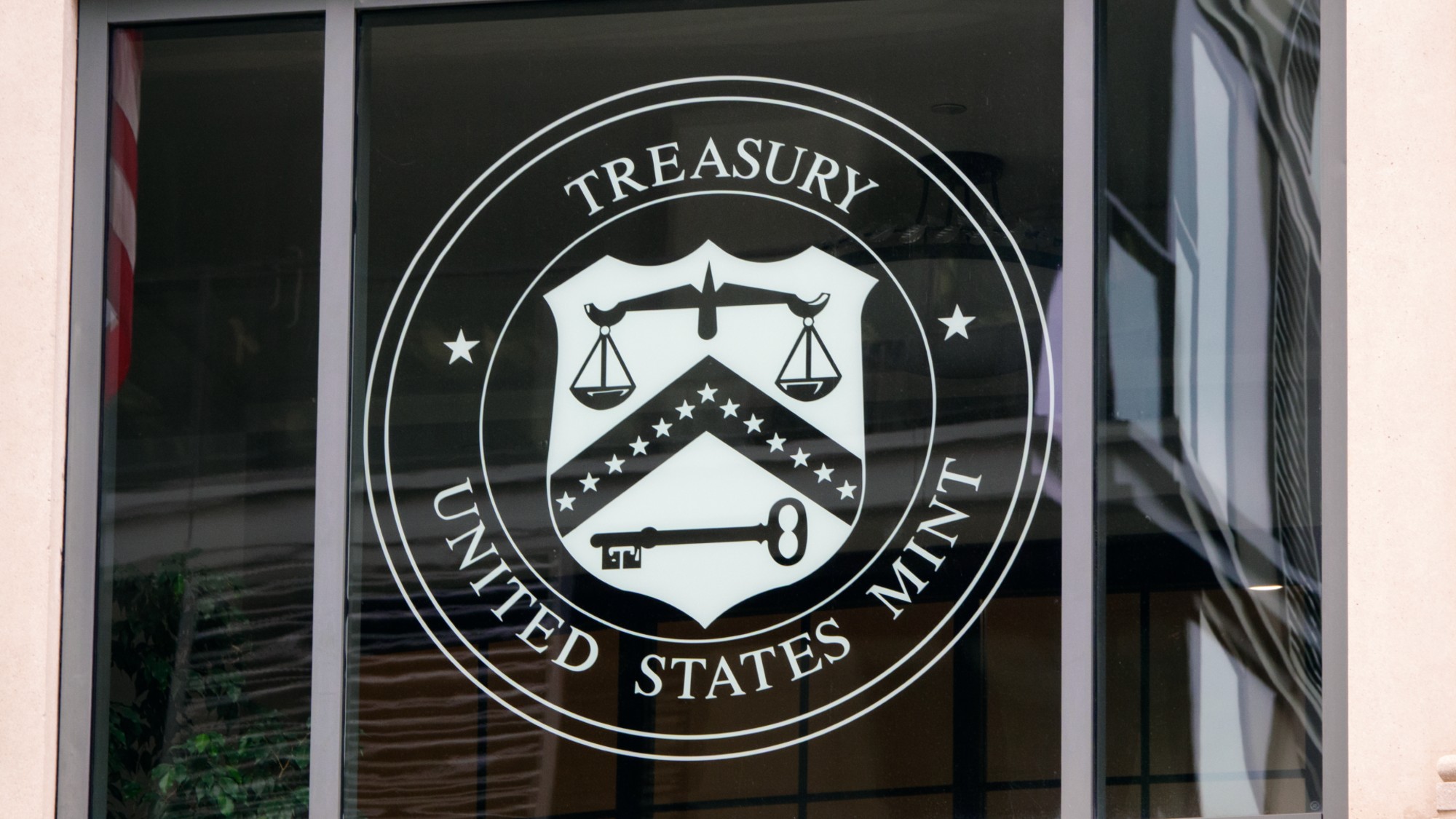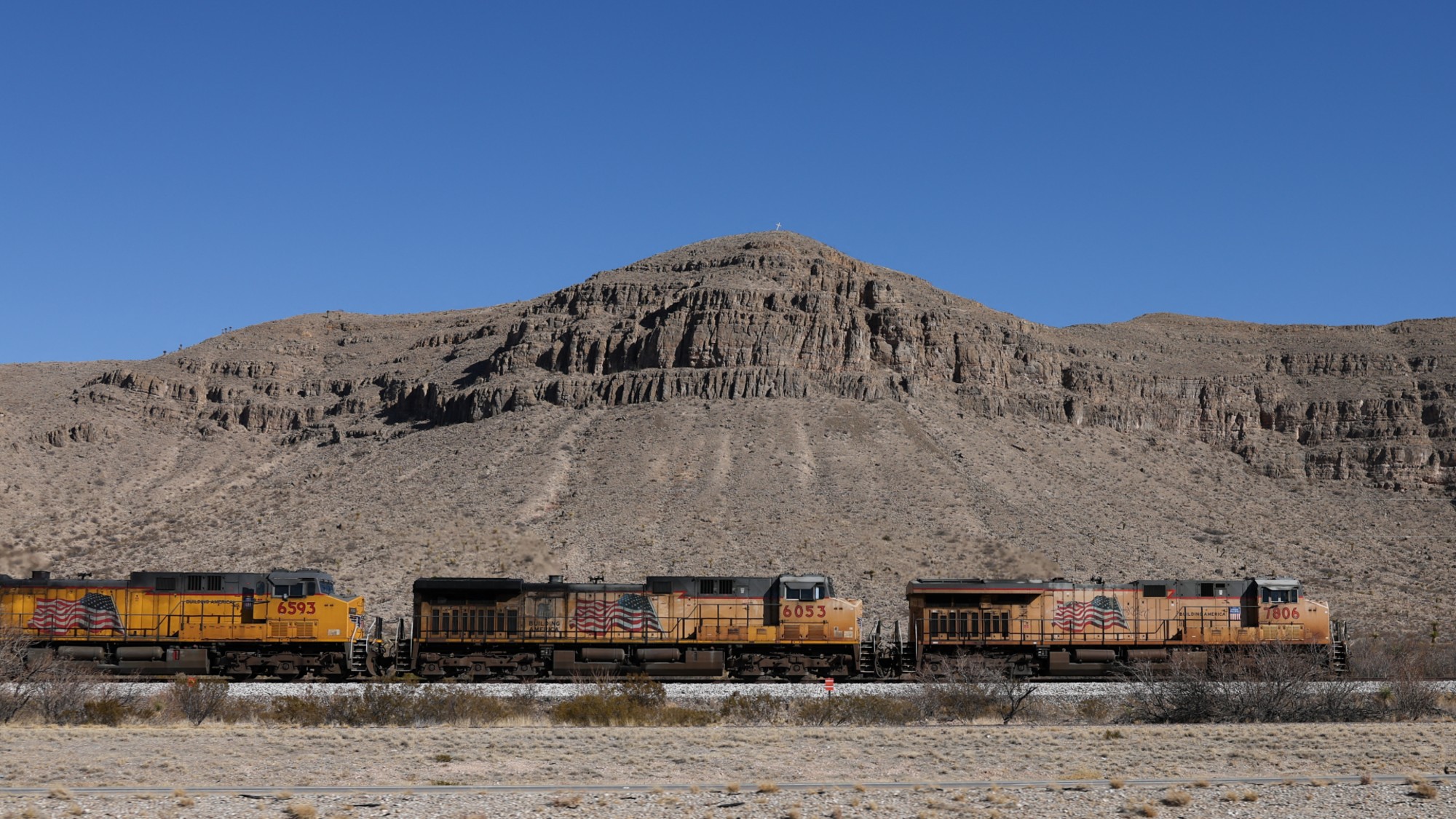Hubble: The race against time
The Hubble Space Telescope has given scientists an unparalleled view of the cosmos. But its mechanisms are now beginning to fail, and if it’s not fixed, Hubble will go dark. Why is NASA unwilling to send astronauts to repair it?
Who thought up Hubble?
An astrophysicist named Lyman Spitzer Jr. In 1946, he suggested that a space-based telescope, unhindered by the distorting effects of the atmosphere, would yield much better images than any earthbound observatory. At the time, no one had even launched a rocket into space, so his idea was considered absurd. But Spitzer lobbied tirelessly, and Congress finally authorized the first funds in 1977. The telescope took eight years to build, at a cost of $1.5 billion. Named for astronomer Edwin Hubble, who made pioneering discoveries about the expansion of the universe, Spitzer’s 43.5-foot-long brainchild entered its orbit, 360 miles above Earth, in April 1990.
How did it perform?
The Week
Escape your echo chamber. Get the facts behind the news, plus analysis from multiple perspectives.

Sign up for The Week's Free Newsletters
From our morning news briefing to a weekly Good News Newsletter, get the best of The Week delivered directly to your inbox.
From our morning news briefing to a weekly Good News Newsletter, get the best of The Week delivered directly to your inbox.
After some initial problems, spectacularly. Hubble has revolutionized astronomy, providing a quantum leap in our ability to see into the unfathomable depths of space. The telescope confirmed the existence of black holes by uncovering a spiral disk of gas swirling around the edges of one such body, like water circling a drain. Its images of the Eagle nebula, a vast cloud of dust and gas coalescing into bright points of light, offered the stunning first views of the birth of stars. By peering to the very edges of space and time, Hubble even established the age of the universe at 13 billion years. Closer to home, Hubble’s high point may have been capturing comet Shoemaker-Levy 9’s spectacular 1994 impact with Jupiter. Before the telescope’s unblinking eye, what looked like a string of 20 pearls splashed into the gaseous giant’s soupy atmosphere, throwing up plumes that resembled Earth-sized mushroom clouds.
Why does it work so well?
Hubble isn’t just a telescope. It just may be the most complex scientific instrument ever built. Every one of Hubble’s 400,000 parts is manufactured to the finest tolerances. Its mirrors, for instance, are so finely ground that they don’t deviate from a perfect curve by more than one-eight-hundred-thousandths of an inch. Its location in the vacuum of space makes Hubble’s vision that much more exquisite. Hubble is estimated to be 50 times more sensitive than ground-based telescopes, with 10 times better resolution.
How much information has it yielded?
A free daily email with the biggest news stories of the day – and the best features from TheWeek.com
Every week, Hubble’s cameras, spectrometers, sensors, and other measuring devices transmit about 120 gigabytes of data back to Earth. That’s the equivalent of 3,600 feet of books on a shelf. More than 2,600 scientific papers based on these findings have been published so far. Not surprisingly, researchers all over the world want to use the telescope. Hubble is so popular, in fact, that only 10 percent of these requests can be honored. “Observing with the Hubble is like eating every day at Sardi’s,” says astronomer Sandra Faber of the University of California, Santa Cruz. “It’s an absolutely unending feast.”
So why is it in trouble?
Hubble was designed to last only about 15 years, with space shuttle astronauts adjusting and upgrading it at three-year intervals. Four such service flights have already been made. But the 2003 Columbia disaster, which cost seven astronauts their lives, changed all that. The shuttle fleet was grounded, and in January 2004, NASA administrator Sean O’Keefe announced that sending a shuttle aloft just to repair Hubble was no longer worth the risk to human life. Thus left unattended, Hubble has begun to fail. Its batteries are sputtering, and one of its most important instruments, the $125 million Imaging Spectrograph, has already shut itself off. Two of Hubble’s six gyroscopes have also quit. Unless something is done, by 2007 Hubble will stop operating entirely. Six years later, its decaying orbit will intersect with the atmosphere, and Hubble will be incinerated as it falls to Earth.
How was NASA’s decision received?
With outrage. Almost as soon as O’Keefe made his announcement, scientists, educators, and ordinary citizens deluged the space agency with protests. “This is a massive crime against science,” says Robert Zubrin, president of the Mars Society, which advocates outer space colonization. In both the House and Senate, Republicans and Democrats alike drafted resolutions to stop NASA from pulling the plug. Stung by the reaction, O’Keefe bowed to pressure in spring 2004, and began exploring ways of keeping Hubble alive.
What did NASA do?
The space agency proposed sending a remote-controlled robot into orbit to replace Hubble’s aging parts, at a cost of $1.6 billion. The feasibility of that plan has been challenged by the National Research Council, which contends that only human hands can perform the delicate work of retooling the telescope. Despite the council’s objections, NASA is sticking to its original plan. This week, the space agency signed a $154 million deal with a Canadian firm to develop a robot that could repair Hubble.
So will it survive?
Either a manned or robotic rescue mission seems inevitable. Few scientific ventures have captured the public imagination the way Hubble has. Over the years, its gorgeous photos of distant galaxies and exploding supernovae have been downloaded or bought by tens of thousands of students, homemakers, Hollywood producers, and even prison convicts. “Hubble is not just a tool for astronomy buffs,” says Michael Paolucci, a private citizen whose Web petition Savethehubble.com has garnered some 40,000 signatures. “Hubble has done more to interest people in space and mankind’s position in the universe than anything since putting a man on the moon.”
Hubble’s early myopia
The Naked Gun 2 ½
Titanic
Hindenburg
-
 Zimbabwe’s driving crisis
Zimbabwe’s driving crisisUnder the Radar Southern African nation is experiencing a ‘public health disaster’ with one of the highest road fatality rates in the world
-
 The Mint’s 250th anniversary coins face a whitewashing controversy
The Mint’s 250th anniversary coins face a whitewashing controversyThe Explainer The designs omitted several notable moments for civil rights and women’s rights
-
 ‘If regulators nix the rail merger, supply chain inefficiency will persist’
‘If regulators nix the rail merger, supply chain inefficiency will persist’Instant Opinion Opinion, comment and editorials of the day